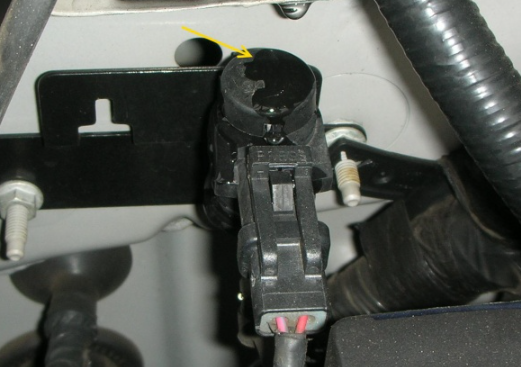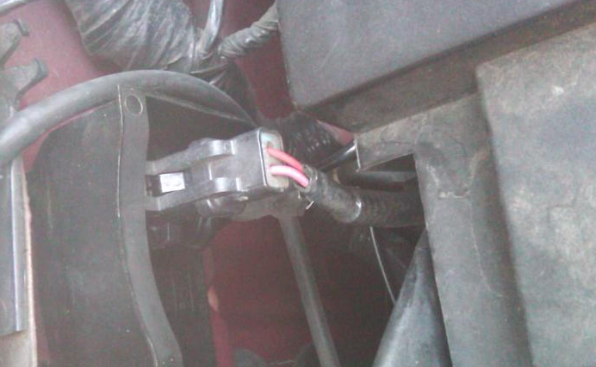The IWE system comprises four parts, with the solenoid playing a critical role in controlling vacuum flow when drives are changed between 2WD and 4WD. However, like any other vehicle component, it can malfunction for various reasons. Knowing the signs and symptoms associated with a bad IWE solenoid is essential to address the issue correctly; this article provides an overview of these indicators.
Signs Of A Bad IWE Solenoid
Signs of a bad IWE solenoid may be evident when experiencing awful grinding and other audible symptoms of engine suffering, particularly in 2WD models. Beginning with start-up, the issue gradually worsens as usage continues. However, it is essential to note that these sounds can indicate a wide variety of topics; thus, an accurate identification must be made to address the problem properly. Further symptoms to look out for will be discussed in the following section.
What Are The Symptoms Of A Bad IWE Solenoid?

One can detect a bad IWE solenoid by observing common symptoms such as those described.
Loud Noise
In 2HI, a buzzing sound can be heard coming from the front end. Although it appears to originate from the right side, there is no definitive way of identifying its source. This noise does not appear in 4HI, and shifting from D to N while running the truck will only produce an almost inaudible humming sound that poses no primary concern. However, if the IWE solenoid is defective, a very loud ‘clunk’ can be detected when transitioning between 2HI and 4HI, and this will cause the buzzing sound to dissipate. There are other reasons such a symptom may manifest itself, yet most of them point towards faultiness in the solenoid as their common denominator.
Humming Or Grinding Sound
It has been reported that some owners have experienced a humming or grinding noise while running the truck in 2WD mode. Replacing the check valve, actuators, or hub may not be sufficient to resolve this issue, and it is recommended to take the vehicle into a servicing center for an inspection, as other components besides the IWE solenoid could be causing this concern.
Getting Error Codes
Error code C1979 is a common issue for Ford truck owners, indicating the solenoid may be faulty or its harness open or shorted. To properly troubleshoot the problem, it’s essential to inspect the solenoid manually. Physical damage would rule out further steps in the process and require replacement.
Seeing Warning Lights On
Experts suggest that if either an ABS warning light or an engine light is illuminated, it indicates that a solenoid needs to be inspected. An Anti-lock Brake system (ABS) monitors the speed of each wheel individually and helps prevent them from locking up during intense braking situations.
Pro Tip: Conducting a computer check of the system reveals error codes C1979 and C1980 for the shorted IWE solenoid.
What To Do When You Detect A Bad IWE Solenoid?
Confirmation is needed to determine if the IWE solenoid is not functioning properly. The most effective way to do this is to take it offline and observe whether the issue resolves itself. When that has been established, replacement should be considered; this can either be done independently or with the assistance of a mechanic.
Is Replacing A Bad IWE Solenoid Typically Expensive?
Replacing an IWE solenoid is not as expensive as one may think. The part costs a relatively low price, with some vendors currently offering it at 18 dollars for a limited time. Installation of the domain is easy enough to do by oneself, but labor charges must also be considered if someone doesn’t have the time or desire to replace it. Altogether, the cost should not exceed $170 regardless of location.
How Often Should You Inspect IWE Solenoid?
When conducting routine maintenance, inspecting the solenoids is a good practice. These particular solenoids are known to be incredibly durable and rarely malfunction; thus, there is no definitive timeline for when they should be checked. Nevertheless, occasionally looking at them can help ensure they remain in working order. In most cases, people inspect IWE parts only if something has gone wrong with them already.
Final Thoughts
Understanding the IWE solenoid symptoms is critical to ensuring that one’s truck remains reliable and healthy. Taking a few moments to look into how the system works can be beneficial in providing basic troubleshooting. This article offers details on how the vacuum system functions, ultimately granting owners a better understanding than others might have.
